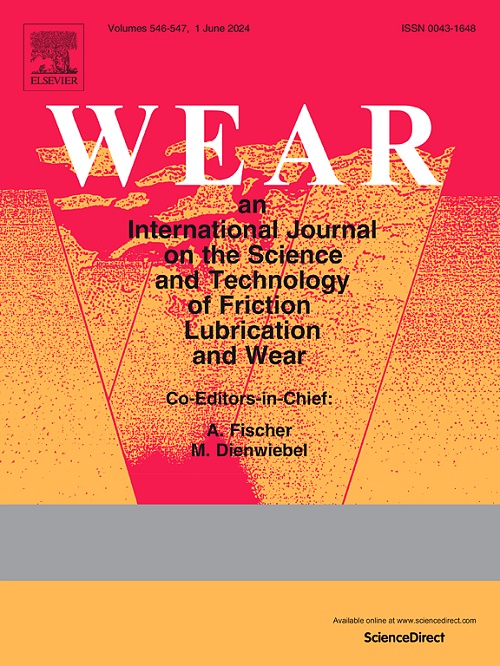Identification of grinding wheel wear states using AE monitoring and HHT-RF method
IF 5.3
1区 工程技术
Q1 ENGINEERING, MECHANICAL
引用次数: 0
Abstract
The grinding wheel wear is inevitably accelerated for difficult-to-machine materials due to their high hardness and wear resistance properties. However, it is difficult to precisely estimate the wheel states and implement appropriate dressing strategies during the actual grinding process. Previous methods to identify the grinding wheel wear status online suffer from inadequate accuracy and weak real-time performance. In this work, a novel identification approach of grinding wheel wear states was proposed using the Hilbert-Huang transformation (HHT) of acoustic emission (AE) signal and the random forest (RF) algorithm. The AE signal was decomposed into the sum of multiple inherent mode functions (IMFs) via the empirical mode decomposition (EMD) method. The IMFs with a stronger correlation with the original AE signal were selected by the correlation coefficient. The Hilbert transformation was performed to obtain its marginal spectrum. The maximum, root mean square, and spectral centroid of each IMF were calculated as feature values. The mapping model between grinding wheel status and feature values was built using the RF method. The optimum model parameters were studied to obtain the accurate identification results. The grinding experiment results of the bearing steel showed that the comprehensive accuracy reached 93.3 %. The effective monitoring scheme could be provided for more precision grinding practices.
利用 AE 监测和 HHT-RF 方法识别砂轮磨损状态
由于难加工材料的高硬度和耐磨性,砂轮磨损不可避免地会加速。然而,在实际磨削过程中很难精确估计砂轮状态并实施适当的修整策略。以往在线识别砂轮磨损状态的方法精度不够,实时性较差。在这项工作中,利用声发射(AE)信号的希尔伯特-黄变换(HHT)和随机森林(RF)算法,提出了一种新的砂轮磨损状态识别方法。通过经验模式分解(EMD)方法将 AE 信号分解为多个固有模式函数(IMF)之和。通过相关系数选择与原始 AE 信号相关性更强的 IMF。通过希尔伯特变换获得其边际频谱。计算每个 IMF 的最大值、均方根值和频谱中心点作为特征值。使用射频方法建立了砂轮状态和特征值之间的映射模型。研究了最佳模型参数,以获得精确的识别结果。轴承钢的磨削实验结果表明,综合精度达到了 93.3%。有效的监测方案可为更精确的磨削实践提供依据。
本文章由计算机程序翻译,如有差异,请以英文原文为准。
求助全文
约1分钟内获得全文
求助全文
来源期刊

Wear
工程技术-材料科学:综合
CiteScore
8.80
自引率
8.00%
发文量
280
审稿时长
47 days
期刊介绍:
Wear journal is dedicated to the advancement of basic and applied knowledge concerning the nature of wear of materials. Broadly, topics of interest range from development of fundamental understanding of the mechanisms of wear to innovative solutions to practical engineering problems. Authors of experimental studies are expected to comment on the repeatability of the data, and whenever possible, conduct multiple measurements under similar testing conditions. Further, Wear embraces the highest standards of professional ethics, and the detection of matching content, either in written or graphical form, from other publications by the current authors or by others, may result in rejection.
 求助内容:
求助内容: 应助结果提醒方式:
应助结果提醒方式:


